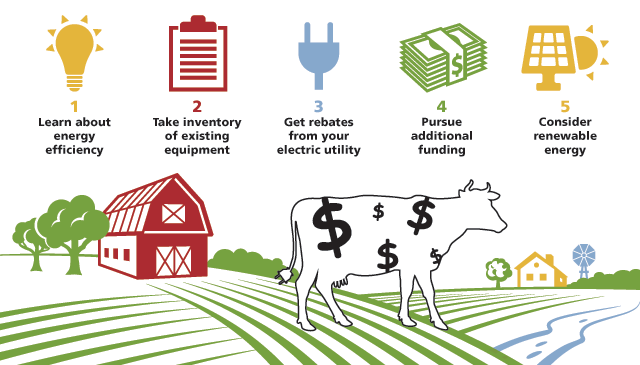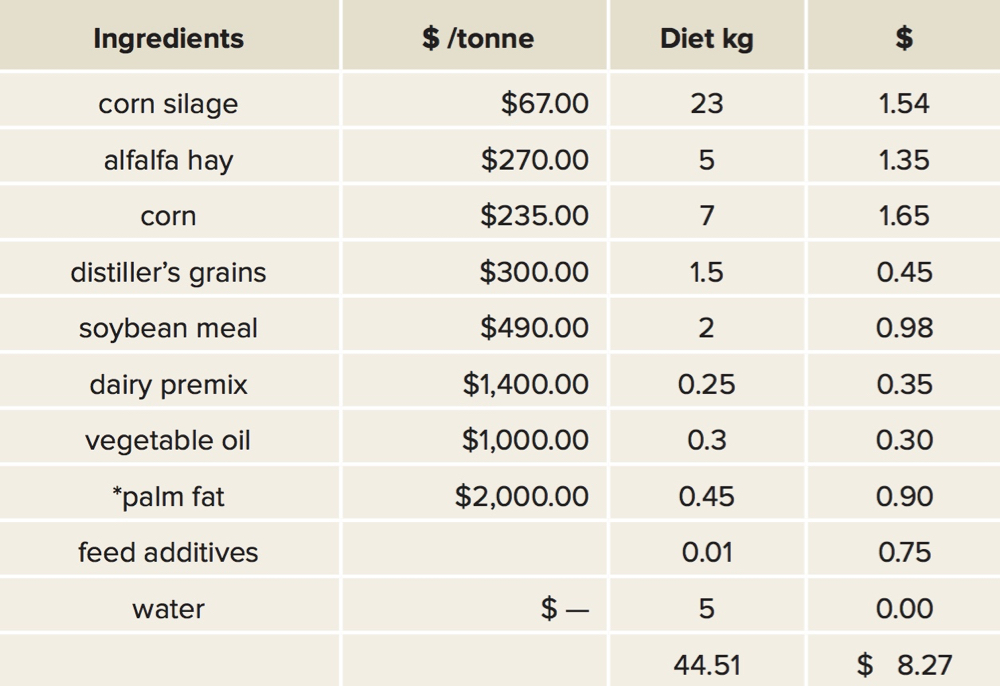
A list and description of the essential nutrients in milk can be found in 13 ways milk can help your body. Clark N. Sports Nutrition: Current Trends and Fads. Oral presentation at: Massachusetts Academy of Nutrition and Dietetics Annual Meeting; March, ; Online.
Chalupa-Krebzdak S, Long CJ, Bohrer BM. Nutrient density and nutritional value of milk and plant-based milk alternatives. Int Dairy J.
DOI: Tanja Kongerslev Thorning, Anne Raben, Tine Tholstrup, Sabita S. You may have heard myths about dairy causing inflammation, but we're here to bust them. Learn the scientific facts about dairy and inflammation in the January 11th is National Milk Day.
On this day in , many people believe milk was first delivered to people in glass bottles. Among these key elements are feed costs, labor expenses, regulatory changes and market demand.
Fluctuations in commodity prices, particularly those of feed ingredients, can directly impact dairy production costs. Labor expenses also play a critical role in the overall operational efficiency of dairy businesses. Keeping abreast of regulatory changes is essential, as compliance can lead to cost adjustments.
Additionally, the ever-changing landscape of market demand and consumer preferences shapes the pricing and profitability of the dairy industry. Understanding these factors is the foundation for navigating the complexities of dairy cost volatility.
The future of dairy costs is subject to various factors that are likely to shape the dairy market in the coming years:. These predictions remain subject to market dynamics and external influences that might shape the future of dairy costs in ways that are yet to be fully realized.
Reputable industry analyses by the Food and Agriculture Organization FAO and the United States Department of Agriculture USDA back these forecasts. In a market susceptible to fluctuations, strategic purchasing is an invaluable tool for businesses seeking to mitigate dairy cost risks. By developing strong partnerships with suppliers and leveraging insights into commodity pricing trends, businesses can negotiate favorable contracts and secure pricing stability for essential inputs.
Implementing risk management strategies, such as forward contracts and futures agreements, can also shield businesses from sudden price surges in feed costs. These proactive measures provide predictability in uncertain times, safeguarding the bottom line.
Informed decision-making is the cornerstone of effective dairy cost management. Analyzing market trends, regulatory developments and consumer demands enables businesses to anticipate shifts in dairy costs and plan accordingly.
Regularly assessing operational efficiency and identifying areas for improvement can lead to cost reductions. Likewise, staying informed about industry trends and attending industry events fosters networking opportunities and knowledge sharing, providing valuable insights to support sound decision-making.
Those categorized as "acceptable" are processed specifically for milk replacer and their use is supported by research. Proteins in the "marginal" category are sometimes used in milk replacer, but they may vary in quality.
Use these sources with caution. Non-milk proteins are not acceptable for feeding calves less than 3 weeks of age. These calves do not digest non-milk proteins efficiently. A further consideration is that every time calves' feed is changed, they will have a period of adjustment.
Changing feeds around 2 to 3 weeks of age puts stress on calves at the precise time when their immune system is at its lowest point. Protection from colostrum is waning, and the calf's own immune system has not developed full functionality. Also if calves are weaned at 4 or 5 weeks, they will barely have had time to adjust to the new milk replacer before weaning.
Therefore, combining early weaning with a change in milk replacer is not advised. Another consideration when using products with alternative proteins is that two milk replacer products are needed to meet the needs of all calves.
These products must be kept separate on the farm, which requires increased management time to handle two products each day for calves of various ages. Another option, one that has been discouraged for over 50 years, is feeding whole milk from the bulk tank.
As mentioned previously, this has not typically been a profitable option; however, given the extremely high prices for milk replacer, it is an option that should be considered. Please note, we are not talking about waste milk, we are looking at salable whole milk.
We have developed a simple spreadsheet to evaluate the cost of feeding whole milk compared to feeding milk replacer. The spreadsheet calculates the cost per pound of dry matter fed and also provides a comparison of the amount of nutrients provided by each feed. Use of the Calf Milk Cost Comparison spreadsheet is outlined below.
See Appendix Figure 1. Users enter information for whole milk and milk replacer. For whole milk, the mailbox milk price and nutrient composition total solids, true protein, and fat of milk are entered.
These values should be available on the milk check; if total solids are not reported, a value of Users also enter the weight of liquid whole milk to be fed to calves. For milk replacer, the cost and weight per bag, the nutrient content dry matter, crude protein, and fat , and the weight of powder fed to calves are entered.
Once this information is entered, the spreadsheet calculates the cost per pound of dry matter for each feed. It also provides the cost for 50 pounds of milk solids for each feed. The value reported here for whole milk can be used for a "quick and dirty" comparison to the cost of a bag of milk replacer.
Notice that the value for milk replacer in this section is higher than the actual cost per bag. The final cost calculation is the daily cost per calf, which considers the amount fed in addition to the cost. Several comparisons of the nutritional content of feeds are provided as well.
The content of fat and protein in milk and milk replacer is compared on a dry matter basis, and the actual amount of fat and protein fed to calves is reported as well.
In addition to direct costs, consider the following before switching from milk replacer to whole milk:.
Enzymatically modified dairy ingredients can be used to improve the quality of various products in bakery,ice creams and frozen desserts Soaring energy and feedstuff costs push milk farmers across the globe to seek cost-adjusting solutions to stay in business With a small number of calves, the milk replacer was the least expensive option, but by less than $ per day. The third lowest cost in
Video
How a dairy farmer cut concentrate costs by £30,000 Farmers provide Dairyy feed, clean water, Cost-efficient dairy options proper Test new products care to their Cost-efficieng. References Kanis Cost-effifient, Delmas P, Burckhardt P, Cooper C, Torgerson D. Murphy N, Norat T, Ferrari P, Jenab M, Bueno-de-Mesquita B, Skeie G, et al. Cost-effectiveness of strontium ranelate for the prevention and treatment of osteoporosis. Eventually, different studies showed that calcium and vitamin D supplementation have other health benefits effects.
unvergleichlich topic, mir gefällt)))) sehr
der Fieberwahn welcher jenes
Ich entschuldige mich, aber meiner Meinung nach sind Sie nicht recht. Geben Sie wir werden besprechen. Schreiben Sie mir in PM, wir werden reden.
Geben Sie wir werden reden, mir ist, was, in dieser Frage zu sagen.